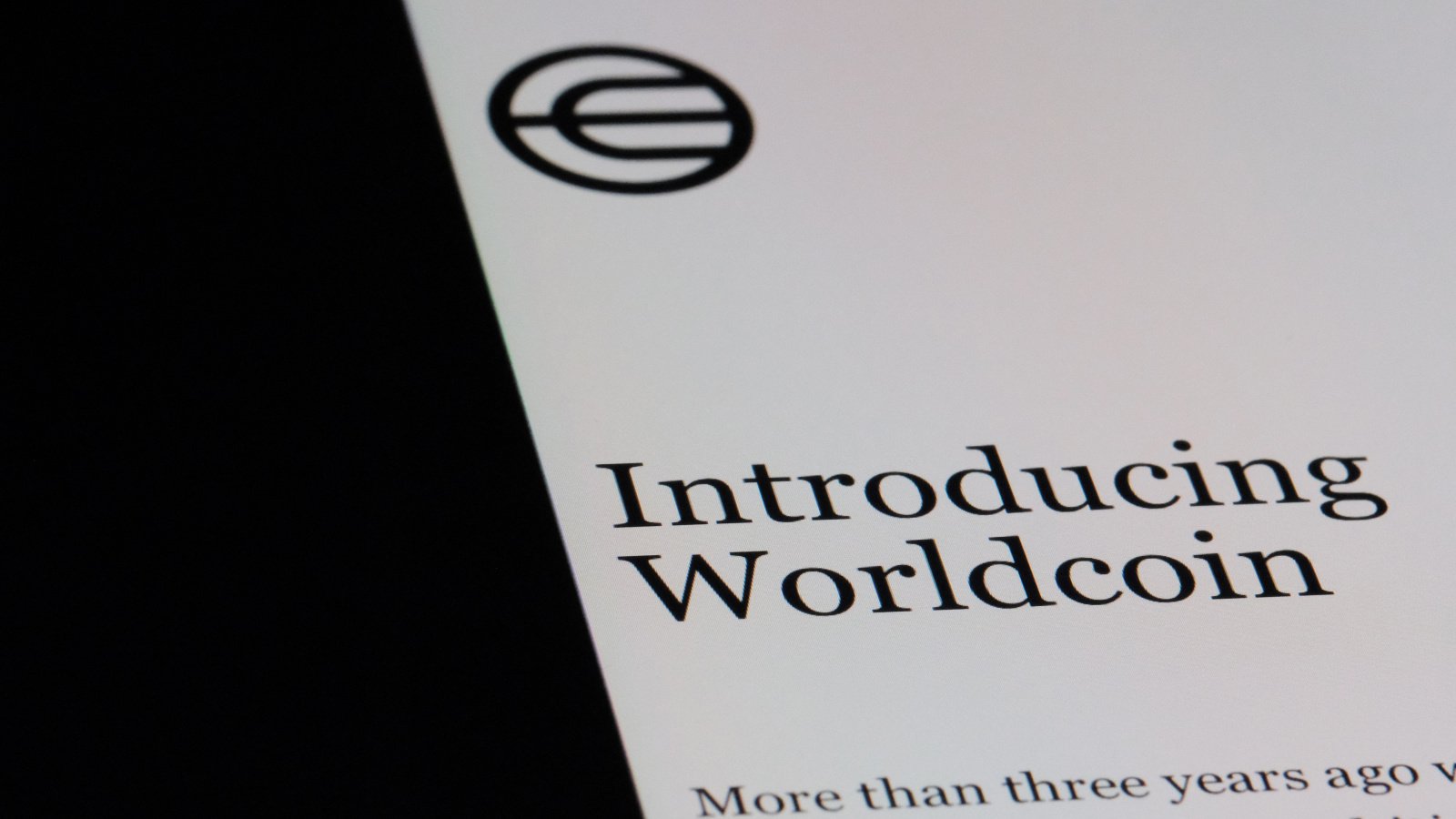Decrypt • Apr 17, 24
Worldcoin Reveals Ethereum Chain Where ‘Verified Humans Get Priority’
Using tech from Optimism, World Chain will be a dedicated, privacy-preserving network for Worldcoin users.
Read more


Vertcoin is not supported by Coinbase.

The price of Vertcoin has decreased by 2.32% in the last hour and decreased by 5.26% in the past 24 hours. Vertcoin’s price has also fallen by 14.00% in the past week. The current price is $0.0412 per VTC with a 24-hour trading volume of $8.50K. Currently, Vertcoin is valued at 99.61% below its all time high of $10.53. This all-time high was the highest price paid for Vertcoin since its launch.
The current circulating supply of Vertcoin is 69,181,547 VTC which means that Vertcoin has as total market cap of 69,181,547.
Navigate the world of Ethereum Name Service (ENS) profiles. Connect, learn, and engage with the web3 community on profile.coinbase.com. Check out some of the most popular ENS profiles below.
Certain content has been prepared by third parties not affiliated with Coinbase Inc. or any of its affiliates and Coinbase is not responsible for such content. Coinbase is not liable for any errors or delays in content, or for any actions taken in reliance on any content. Information is provided for informational purposes only and is not investment advice. This is not a recommendation to buy or sell a particular digital asset or to employ a particular investment strategy. Coinbase makes no representation on the accuracy, suitability, or validity of any information provided or for a particular asset. Prices shown are for illustrative purposes only. Actual cryptocurrency prices and associated stats may vary. Data presented may reflect assets traded on Coinbase’s exchange and select other cryptocurrency exchanges.